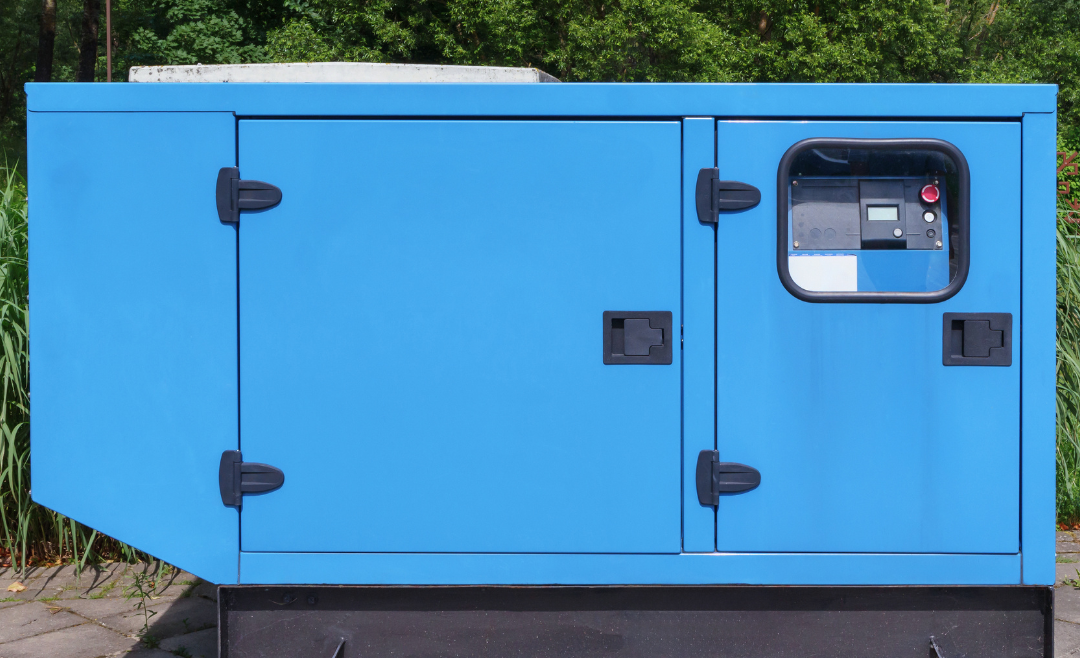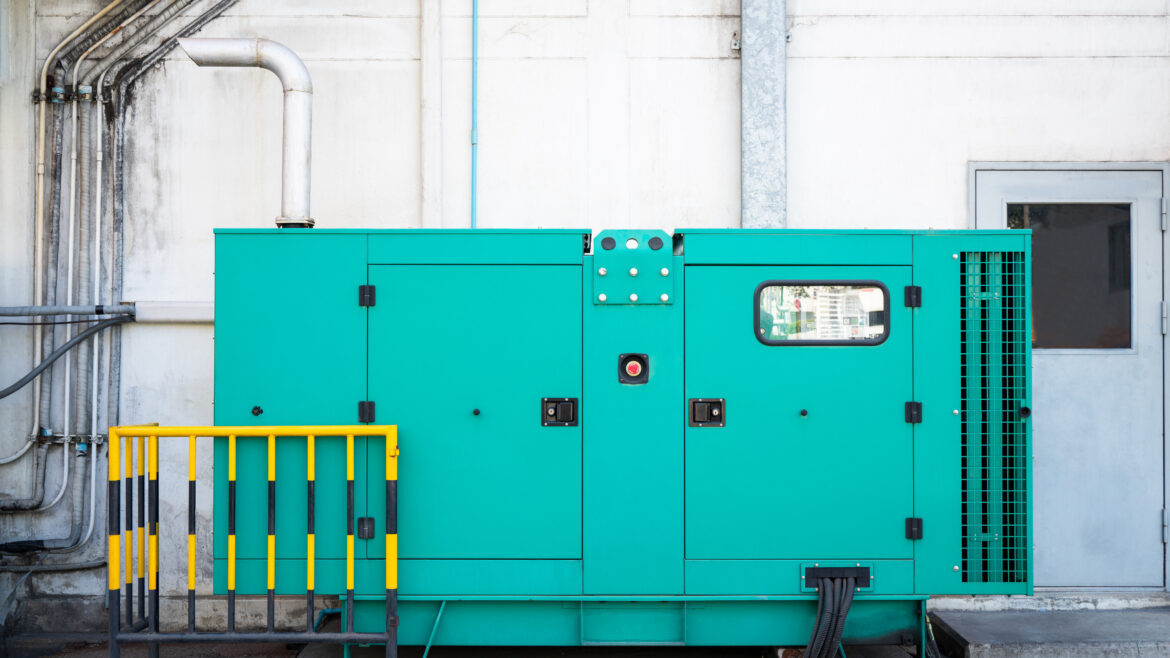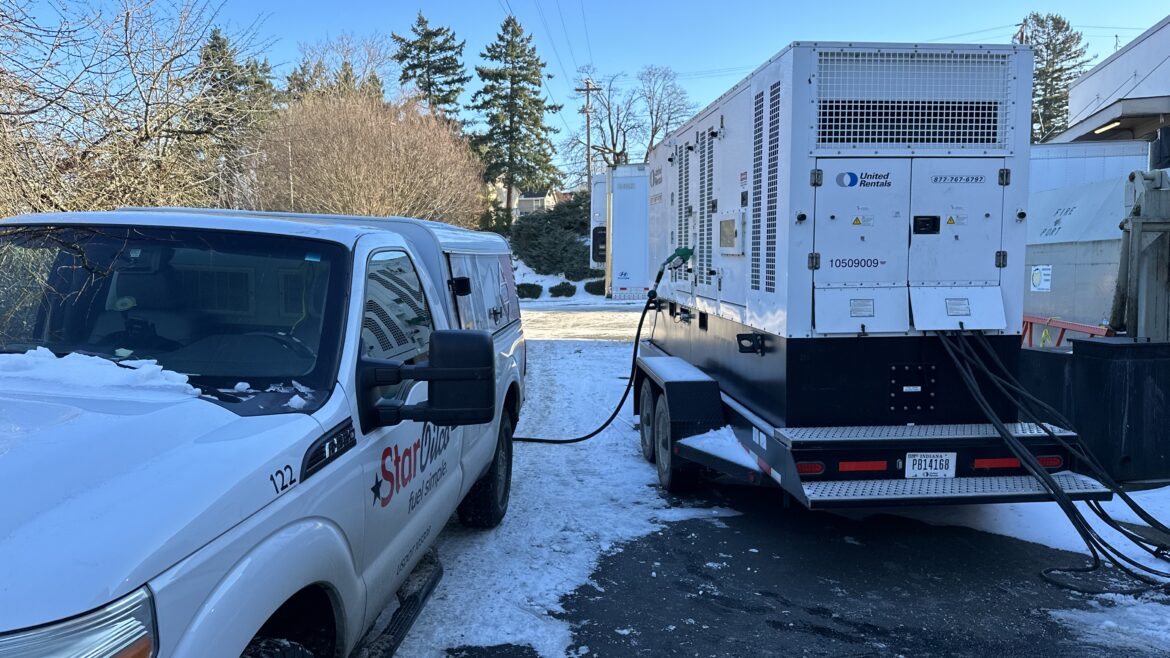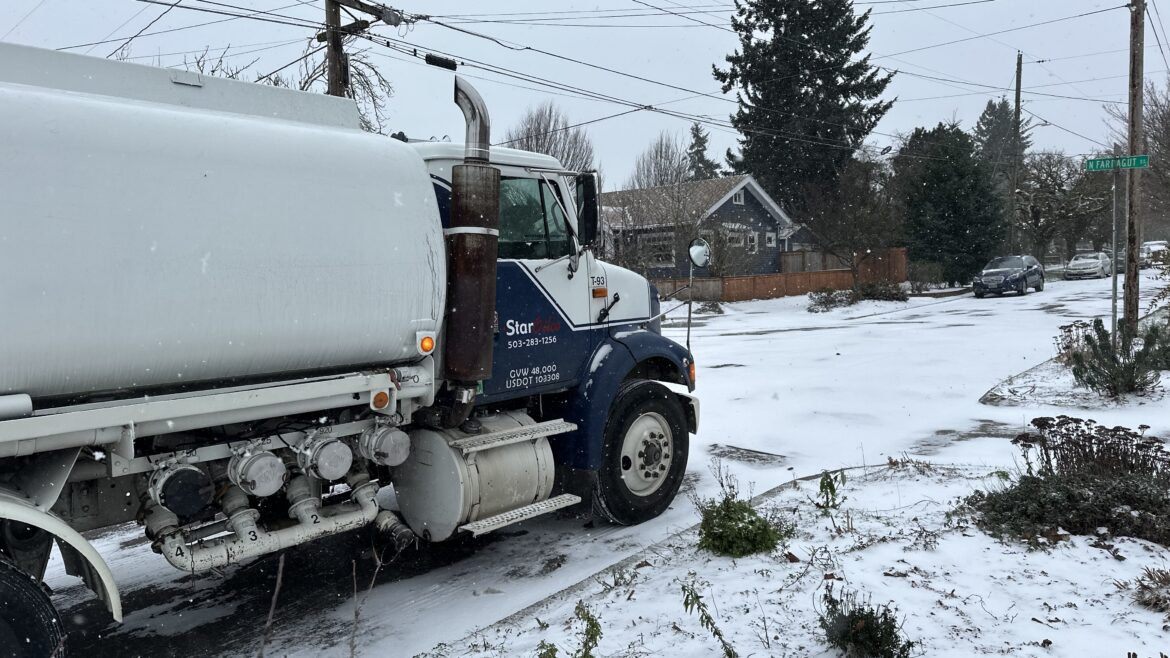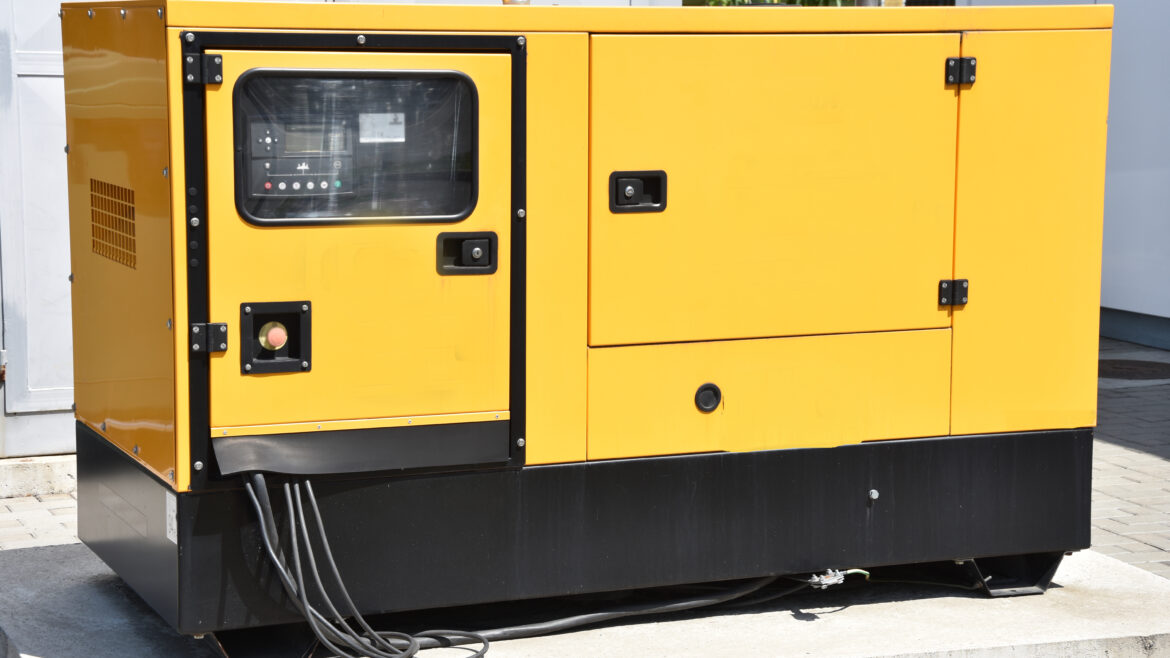Powering Through Outages With Backup Generators
Backup Generators: How They Work & How They Are Powered
A backup generator is an essential part of any preparedness plan for your home or business. An outage isn’t a problem when you have a backup generator, they provide you with reliable power when the grid goes down. Backup generators are also reliable and safe to use, so you can have peace of mind knowing that your family or business is protected. They are a good investment for any home or business and can help you stay prepared in the event of a power outage. They are cost-effective, with many models available for affordable prices. They are also easy to install and maintain, making them a great option for those looking for a reliable solution for their home or business.
How Backup Generators Work
The backup generator converts fuel into electricity. Gasoline, diesel, and natural gas are the most common fuel sources for backup generators. In the event of a power outage, the generator automatically starts up and generates electricity. As a result, lights, appliances, and other equipment in the home or business are powered by this electricity.

Types of Backup Generators
Standby generators
These are the most common type of backup generator. They are permanently installed to the home or business’s electrical system and will automatically start up when there is a power outage. Standby generators are a popular choice for homeowners that are just want a reliable source of power during an outage to keep their family warm, keep major appliances running and now let food stored in a freezer go bad. If there’s a sump pump, you’ll also want a backup generator to keep that running.
Portable generators
These generators are smaller and more portable than standby generators. They can be used to power essential appliances and equipment during an outage. Portable backup generators are handy to have in emergency situations such as storms, floods, and other natural disasters. A portable generator can keep essential appliances like lights, refrigerators, and medical equipment running until the grid is restored. These backup generators can also be handy for outdoor recreation such as camping and RV’ing to provide electricity for lights, appliances, and entertainment devices while enjoying the outdoors. They can also be used for tailgating and outdoor events to power grills, music systems, and other equipment for tailgating parties, backyard weddings, and outdoor movie nights.
Inverter generators
These generators produce clean power that is safe for sensitive electronics. They are a good choice for homes and businesses with computers, televisions, and other electronic devices. Inverter generators provide a quiet operation, clean power and fuel efficiency. Inverter generators produce a smoother, more stable AC current, similar to what you get from the grid. This is crucial for powering sensitive electronics like laptops, smartphones, and medical equipment without damaging them. These can be a great option for construction sites to provide a clean and stable power for tools and equipment on the construction sites. Mobile businesses such as food trucks and vendors also rely on inverter generators to power their equipment when they’re on the go.
How Backup Generators Are Powered
Gasoline:
Gasoline is the most common fuel for portable generators. It is readily available and relatively inexpensive. Gasoline is easy to use and can be stored for long periods of time. However, it is also highly flammable and can be dangerous if not handled properly. It is also not as efficient as some other fuels, such as diesel or natural gas.
Diesel:
Diesel fuel is more expensive than gasoline, but it is also more efficient. Diesel generators can run for longer periods of time on a single tank of fuel. Diesel generators are also more reliable and have a longer life span than gasoline generators. Additionally, diesel engines produce lower emissions than gasoline engines.
Natural gas:
Natural gas is the most convenient fuel for standby generators. It is piped directly into the home or business, so there is no need to store fuel. It is also a relatively clean-burning fuel, producing fewer emissions than other fossil fuels such as coal. Additionally, it is relatively inexpensive compared to other energy sources.
Choosing a Backup Generator
The size of the generator:
The size of the generator you need will depend on the amount of electricity you need to power during an outage. The size of the generator will determine how much power it can provide, so it is important to choose a generator that is large enough to meet your power needs. If the generator is too small, it will not be able to provide enough power to meet your needs during an outage.
The type of generator:
The type of generator you need will depend on your individual needs. For example, if you have a lot of sensitive electronics, you will need an inverter generator. Inverter generators are more lightweight and produce less noise than traditional generators. They are also more efficient and can provide more power than traditional generators.
The fuel source:
The fuel source you choose will depend on your availability and budget. Different fuel types have different advantages and disadvantages. Diesel and propane generators are more reliable than gasoline generators, but gasoline generators are cheaper and easier to transport.
The location of the generator:
Make sure the generator is located in a safe area away from any potential hazards. The generator should also be positioned in such a way that it cannot be affected by wind or rain. The generator should be regularly checked and maintained to ensure it is working properly.
Benefits of Having a Backup Generator
Peace of mind
Knowing that you have a backup generator can give you peace of mind during an outage.
Protection from property damage
Backup generators can help protect your home or business from damage caused by power outages.
Increased productivity
Backup generators can help you stay productive during an outage.
Convenience
Backup generators can make life more convenient during an outage.
Backup generators are an essential part of any home or business preparedness plan. They can provide a reliable source of power during an outage, keeping your home or business running and protecting you from property damage. Backup generators are crucial for businesses of all sizes, providing a reliable source of power during outages and ensuring continuity of operations.
Backup generators can help to protect revenue and productivity. If there’s a power outage it can bring a business to a standstill, leading to lost revenue, productivity and inability to help their customers. Backup generators can prevent these disruptions and keep businesses in operation. They also provide the ability to safeguard data and equipment. With many modern businesses relying on computers, servers and other electronic equipment, power outages can cause data loss, equipment damage and costly downtime. Hospitals, data centers and other sensitive facilities require uninterrupted power supply provided by backup generators to maintain critical operations and safeguard lives and valuable data. Industries such as hospitals and manufacturing have regulatory requirements for maintaining power supply during outages.
Backup generators provide critical power for safety systems like security alarms, emergency lighting and fire suppression systems to ensure the safety and well-being of employees, customers and the public. Businesses that prioritize employee safety will be more attractive to employees and can increase the retention of staff. Backup generators demonstrate a commitment to a safe work environment. Maintaining supply chain integrity with uninterrupted power allows for reliability. As the grid becomes increasingly vulnerable with severe weather, cyberattacks and aging infrastructure, backup generators provide more reliability for a power source independent of the grid. Cyberattacks are more and more of a concern as our technology reliance grows and it can cause widespread outages as power grids are targeted. Businesses with backup generators can create a hedge against these attacks to ensure the operations are protected even when the grid may be compromised. Backup generators aren’t just a luxury, they’re an essential investment for home and businesses to provide not only productivity and convenience but also safety. They ensure home and businesses can weather any storm.
Need your backup generator fueled? Contact Star Oilco today to refuel your backup generator. Has it been awhile and wondering if you need your fuel checked in your backup generator? Give us a call. We can check your fuel quality to make sure your fuel is ready when you need it.


